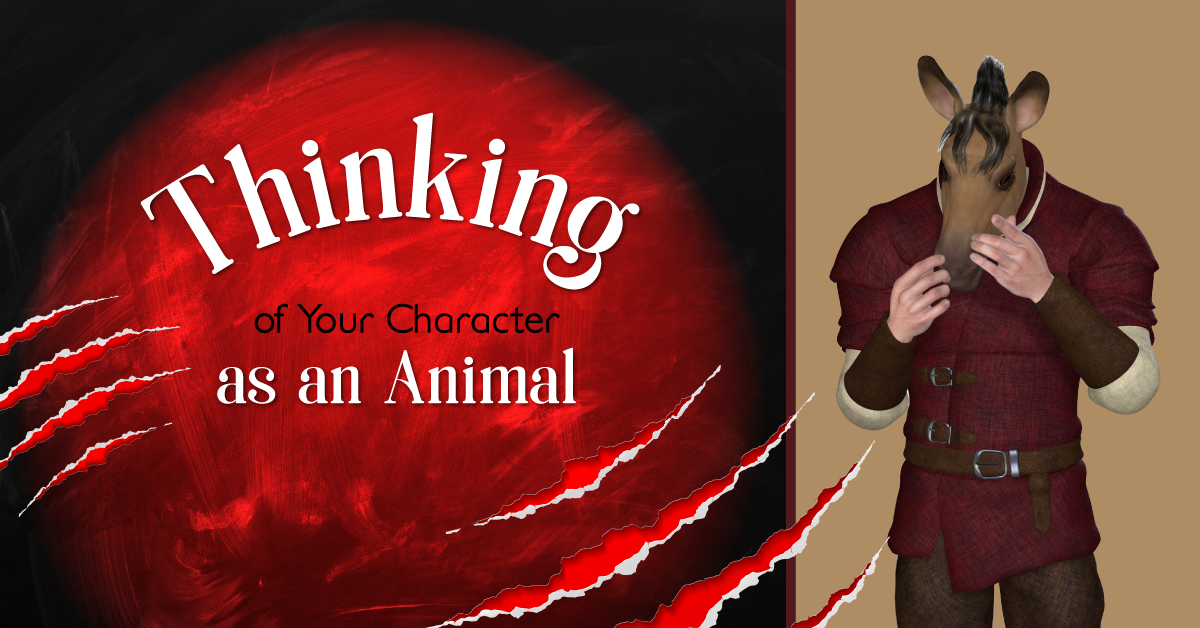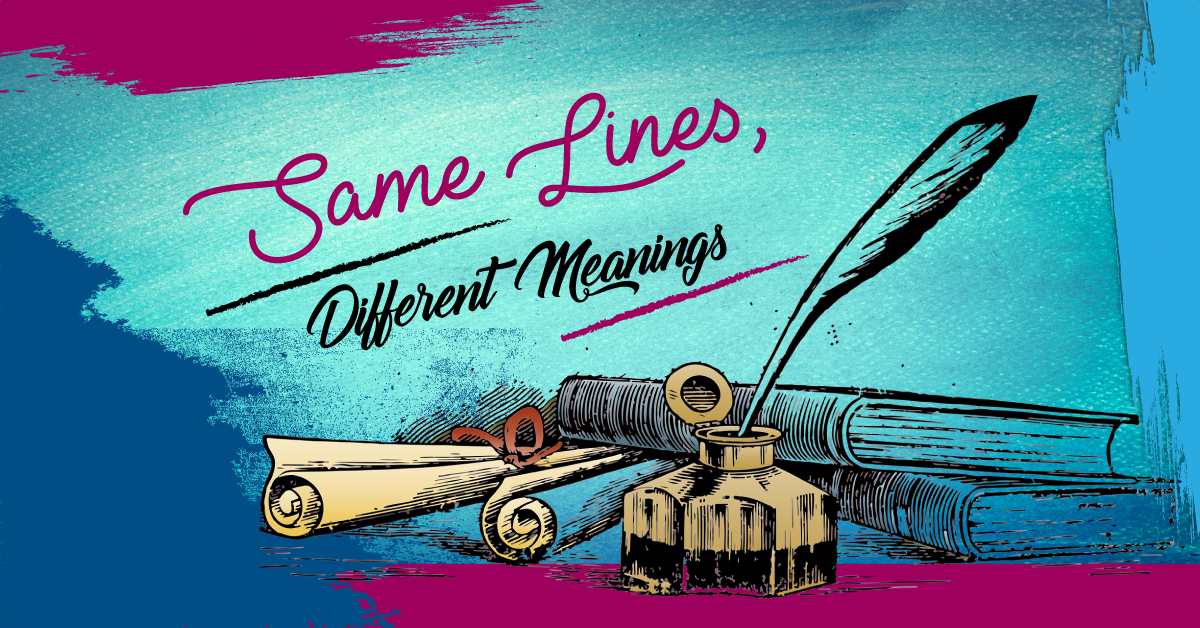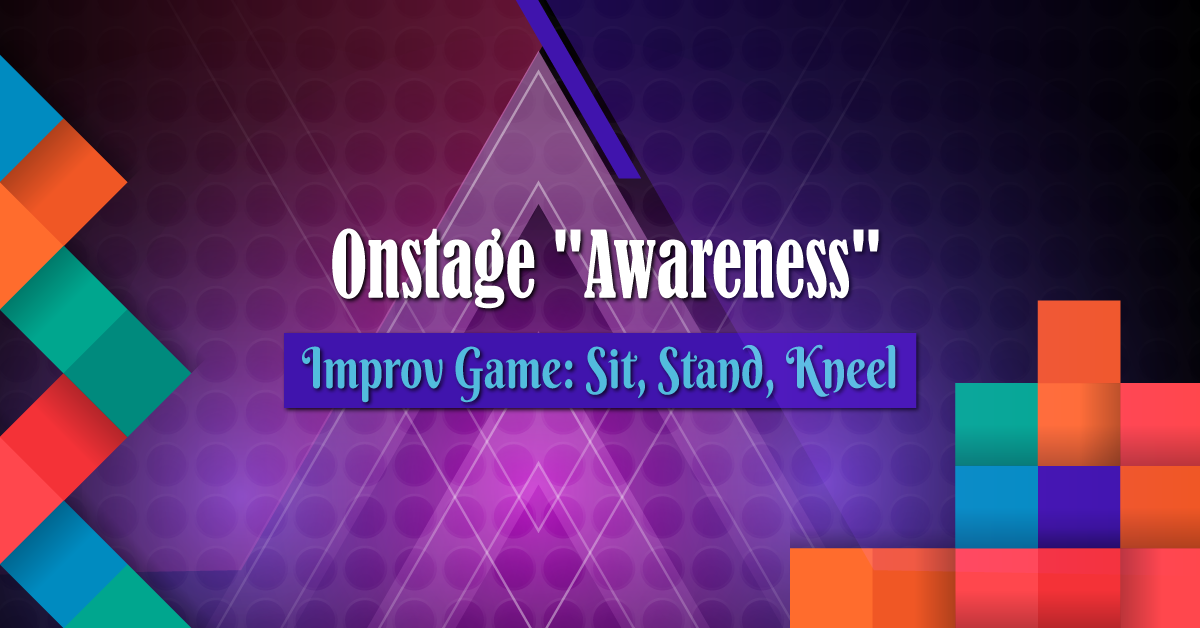Agatha Rex by Lindsay Price is a bold high school take on Antigone - packed with heart, conflict, and a powerhouse ensemble. One girl. One stand. One huge risk. *NEW COMPETITION VERSION AVAILABLE!*
Exercise: Thinking of Your Character as an Animal
What do the musicals The Little Mermaid, Honk!, and Cats all have in common? They’re all shows that feature actors playing animals. It’s a lot of fun to play non-human characters, but the vast majority of shows feature people playing… well, people!
It’s easy to make a character move and look differently when they are an animal. But how can you make your character’s movements and gestures interesting and unique when they’re “just” a student, businessperson, townsperson, or other generic human being? Use your animal instinct – try thinking of your character as an animal.
If your students are struggling with making interesting and unique character choices, try this multi-part exercise with them. It challenges students to look at their character through a different lens, pushes them to experiment with bigger movement choices, and helps them to then fine-tune their over-the-top actions into natural yet unique, character-driven movements.
Exercise:
1. Write down as many adjectives as you can to describe your character. Include examples from the text of the script.
2. From those adjectives, think of an animal (or animals) that stereotypically have those qualities. For example, we often think of cats as self-possessed, snobby, and sleek, while we think of dogs more as energetic, rowdy, and bumbling. Snakes are slippery and sneaky, while monkeys are wild and screechy. Owls are wise, lions are powerful, and sloths are lazy. Write these connections down.
3. Determine which animal your character is most like. For example, if your character is a wild, obnoxious six-year-old, your animal might be a caged monkey or an untrained puppy. Perhaps your character is a powerful business executive – maybe they’re like a sleek panther or a stately lion. Or perhaps your fashionista hairstylist character is like a pampered poodle – always perfectly coiffed.
4. Watch videos that show how these animals move. List verbs that describe their movements – such as slither, glide, flounce, float, stumble, waddle, crawl, roll, and so on. Those are much more interesting words than simply “walk” or “enter.”
5. Try out some animal movements yourself, or as a group. The “Mixer” game is great for this; find it here.
6. Experiment in rehearsal or in class with the animal-like movements for your character. Go through your scenes while first doing big, actual animal-like movements. Yes, everyone will look and feel silly! For example, if your character is like a snake, actually try slithering into the scene on your belly. If your character is like a cat or dog, go down on all fours to enter. Stomp through the scene and take up space, like an elephant or rhino. Race through the space like a squirrel or chipmunk. Go totally over the top!
7. After working through the over-the-top movements, run the scenes again while personifying the animal traits. Think beyond simply walking – explore movements such as sitting, eating, head tilts, eye gazes, and hand gestures (such as pointing or demonstrating). How would a cat move if it were up on its hind legs like a human? How would a gorilla put on a coat? How would a hyena drink out of a glass.
8. Upon completion of this exercise, students will complete and submit a Reflection.



